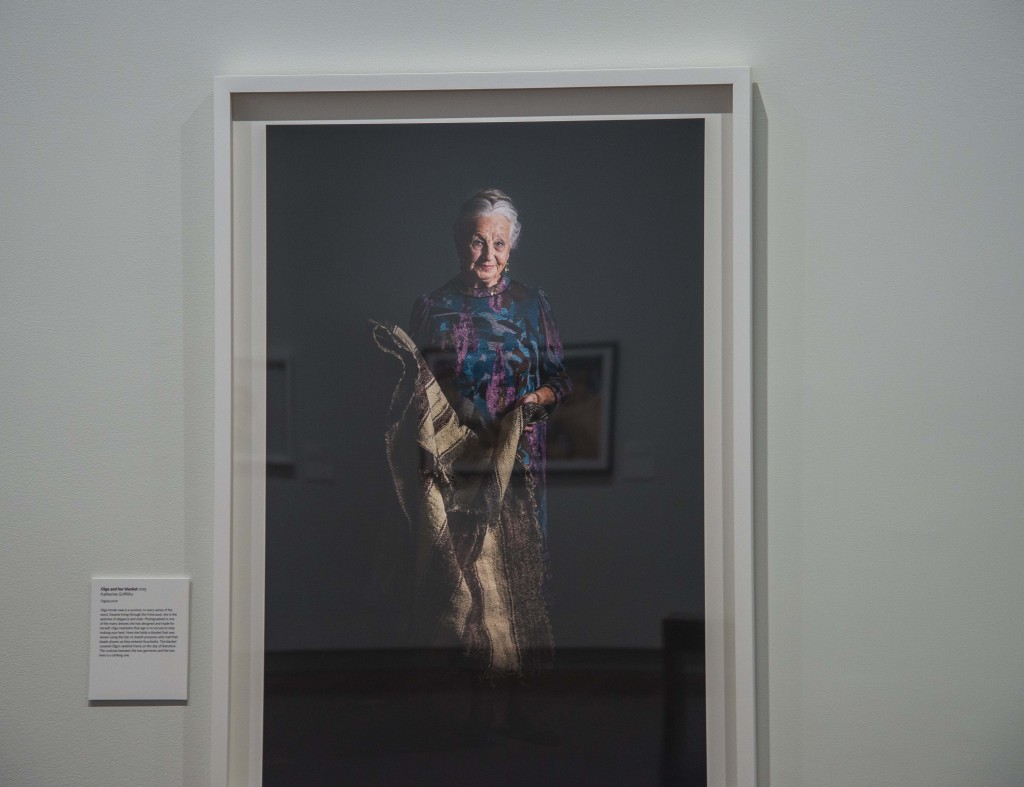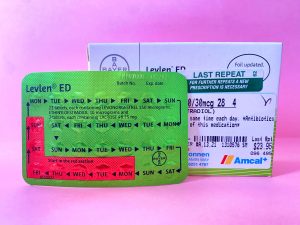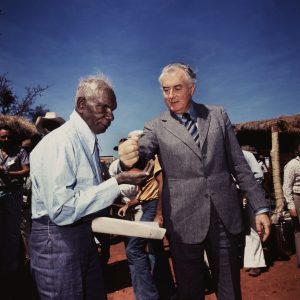The story behind a face in the National Photographic Portrait Prize 2016
 The National Photographic Portrait Prize 2016 is filled with an assortment of faces: from children climbing trees to beards and tattoos, from husband and wife to pets. The exhibition beautifully captures the diversity of faces and stories at the heart of our multicultural country.
The National Photographic Portrait Prize 2016 is filled with an assortment of faces: from children climbing trees to beards and tattoos, from husband and wife to pets. The exhibition beautifully captures the diversity of faces and stories at the heart of our multicultural country.
Each seemingly mundane face throughout the exhibition reaches out their frame, grasps you by the collar and pulls you into their world with honesty and accuracy. One such portrait, with particular mystery, is that by Katherine Griffiths.
The woman’s straightforward, insightful stare catches you from across the room. Her appearance emanates elegance but she clutches a prickly, shabby blanket in her hands, almost as if afraid to touch it.
The woman could be anyone, and the blanket could be from any range of places. But there is a lot more to that twinkle in her eye; and what the blanket is made of will make your gut wrench.
Now aged 89, Olga Horak was once 29kg of skin and bone, standing in Bergen-Belson concentration camp at the end of World War II, left with nothing.
A self-taught seamstress, Olga is proud to admit that her and her husband were taxpayers and factory owners within two weeks of immigrating to Australia after the war.
The scratchy looking blanket Olga holds in her hands, was not of her making, but she acquired it on April 15, 1945, dropped near her by a fleeing Nazi guard. The blanket helped her to survive. For a long time, this blanket and a pair of clogs was all she had to her name.
Olga is the only member of her family to survive the Holocaust. Her sister was taken from her family home, her father and grandmother were murdered in Auschwitz.
Her mother, who was such a solace to her throughout her time at both Auschwitz and Bergen-Belson concentration camps, was handed her displaced person card after liberation in 1945 and collapsed and died immediately after.
Olga is considered one of the ‘fortunate’ ones, who made it out alive, but World War II is a shadow not easily cast-off.
Olga admits that speaking about her experience was, and is, still not easy.
“Holocaust survivors didn’t talk after the war. It took a long time until we started to talk. Some of us never talked. Never,” she said.
But Olga talks now. In fact, retelling her story and educating people on the truth about to Holocaust has become her life’s dedication. Her passion for historical accuracy and truth is compelling.
“71 years after the war I still have to be here to tell people about the truth, and this is why I am driven to talk about it for as long as I can. It is of the upmost importance to document the truth, it cannot be omitted, it is impossible. It happened,” Olga said.
Caught up in a world where unjustified hatred and prejudice were the basis for so much suffering and death, it would be easy to assume and accept that Olga herself grew to be hateful and vengeful. Instead, hatred is an emotion which she refutes.
“Hatred is something ugly and it should be taken out of the vocabulary. Its so easy to be used. Children say ‘I hate this’ or ‘I hate you’. Often I am asked ‘do you hate the Germans?’ I say: I can be angry, but I never hate.”
There is beauty in Olga’s composure and that twinkle in her eye is a testament to her unwavering kindness and determination.
What about the blanket you ask? The blanket is a poignant reminder. A reminder, that Olga herself, tried to wash away with baby shampoo after her reunion with it. The blanket is made from human hair, cut from the heads of camp inmates at Auschwitz.




Be the first to comment!